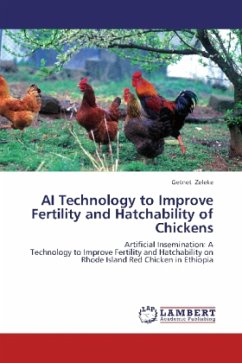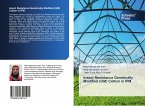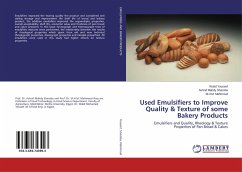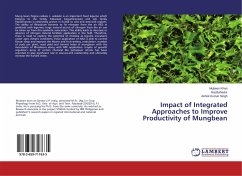Cotton is cultivated in Egypt years before the B.C. The Egyptian cotton cultivation underwent a sudden development under the enterprising Mohamed Ali (1805-1848) and this extension was really due to an accident. There are several varieties of cotton used in Egypt such as the extra-long staple varieties, (Giza 70, 76, 77, 84, 88 & 92), in Delta; (Giza 75, 81, 85, 86 & 89) in Middle and Upper Egypt; Giza 80, 83 & 90). In the current year the extra-long staple varieties were cultivated in Domiat, Giza 70 and Beheira, Giza 88. More than 1300 herbivorous insects infested cotton. In spite of few of these insects is economic importance. The production of cotton has demanded a lot of insecticides for protection from insects. In the cotton planting farmers used of about 22.5 % of the total used from insecticides.
Bitte wählen Sie Ihr Anliegen aus.
Rechnungen
Retourenschein anfordern
Bestellstatus
Storno








